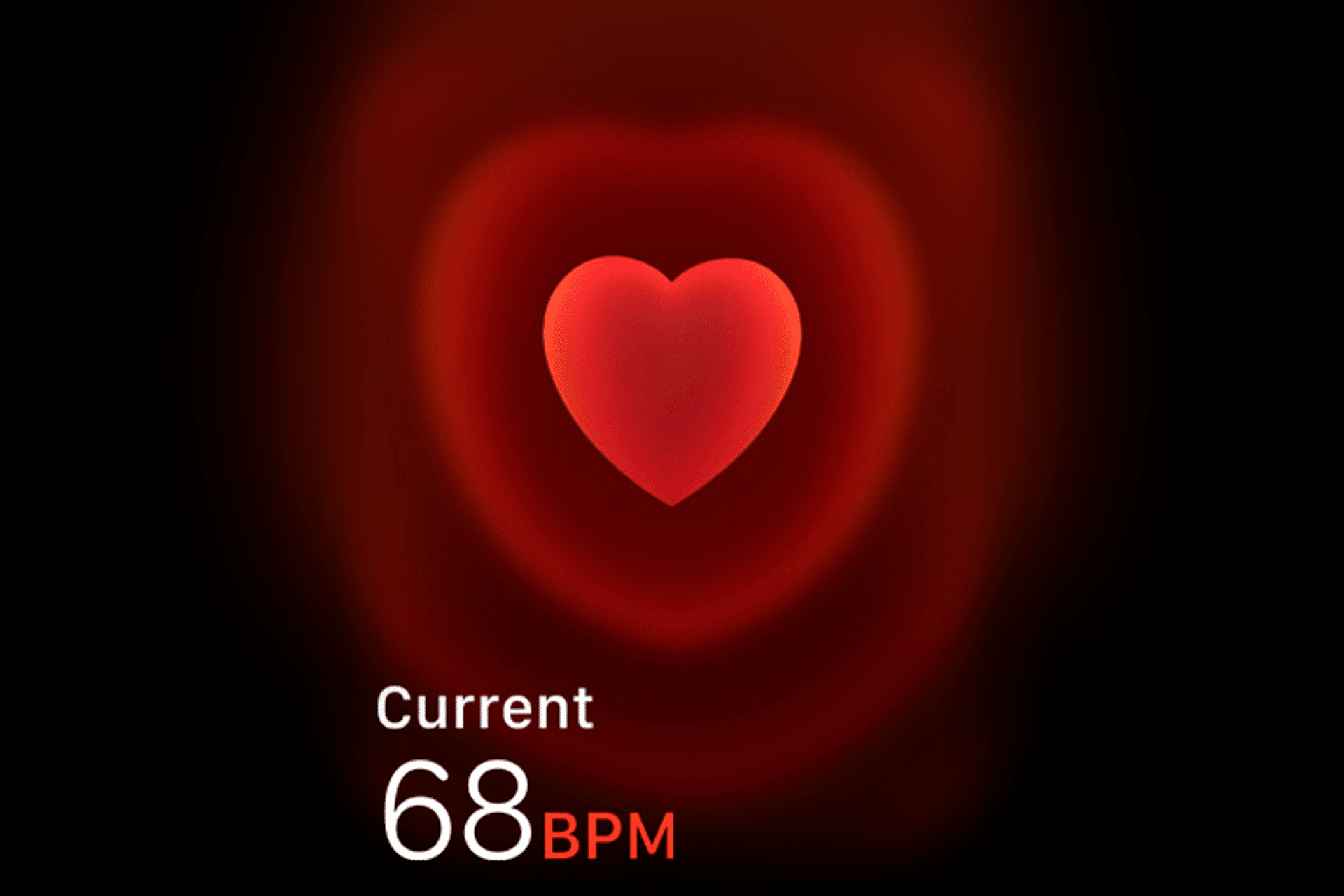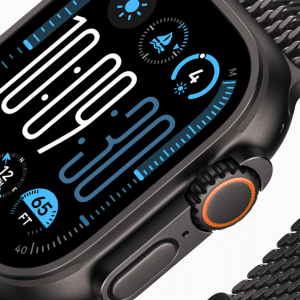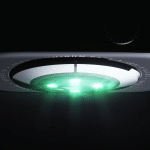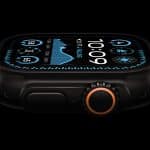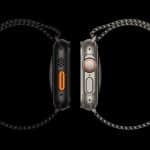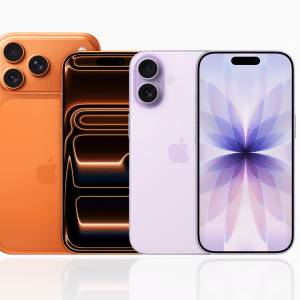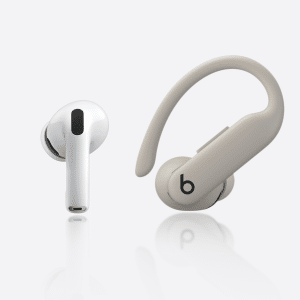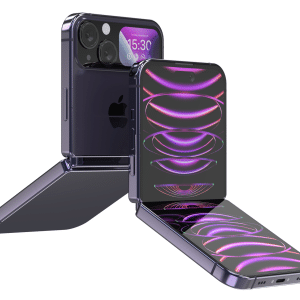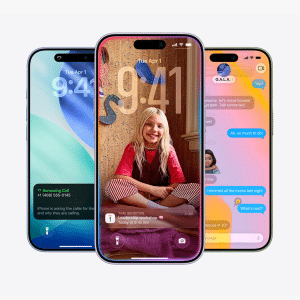Adams’ journey started with her Apple Watch’s heart rate notifications, a feature that monitors pulse in the background and flags irregularities. After returning from her trip, the watch persistently signaled a low heart rate, an anomaly she couldn’t ignore. Visiting a pharmacist to check her blood pressure, she was referred for further tests, which revealed a treatable heart condition likely responsible for the alerts. But the real surprise came when Adams mentioned her frequent headaches during these examinations. Doctors, prompted by her symptoms, ordered a CT scan that uncovered a brain tumor—believed to be benign but requiring ongoing monitoring. Adams now takes daily medication and undergoes regular scans, a regimen she credits to her watch’s early warning. “I am so grateful for my Apple Watch,” she told The Sun. “I don’t know what would have happened if it had not gone off.”
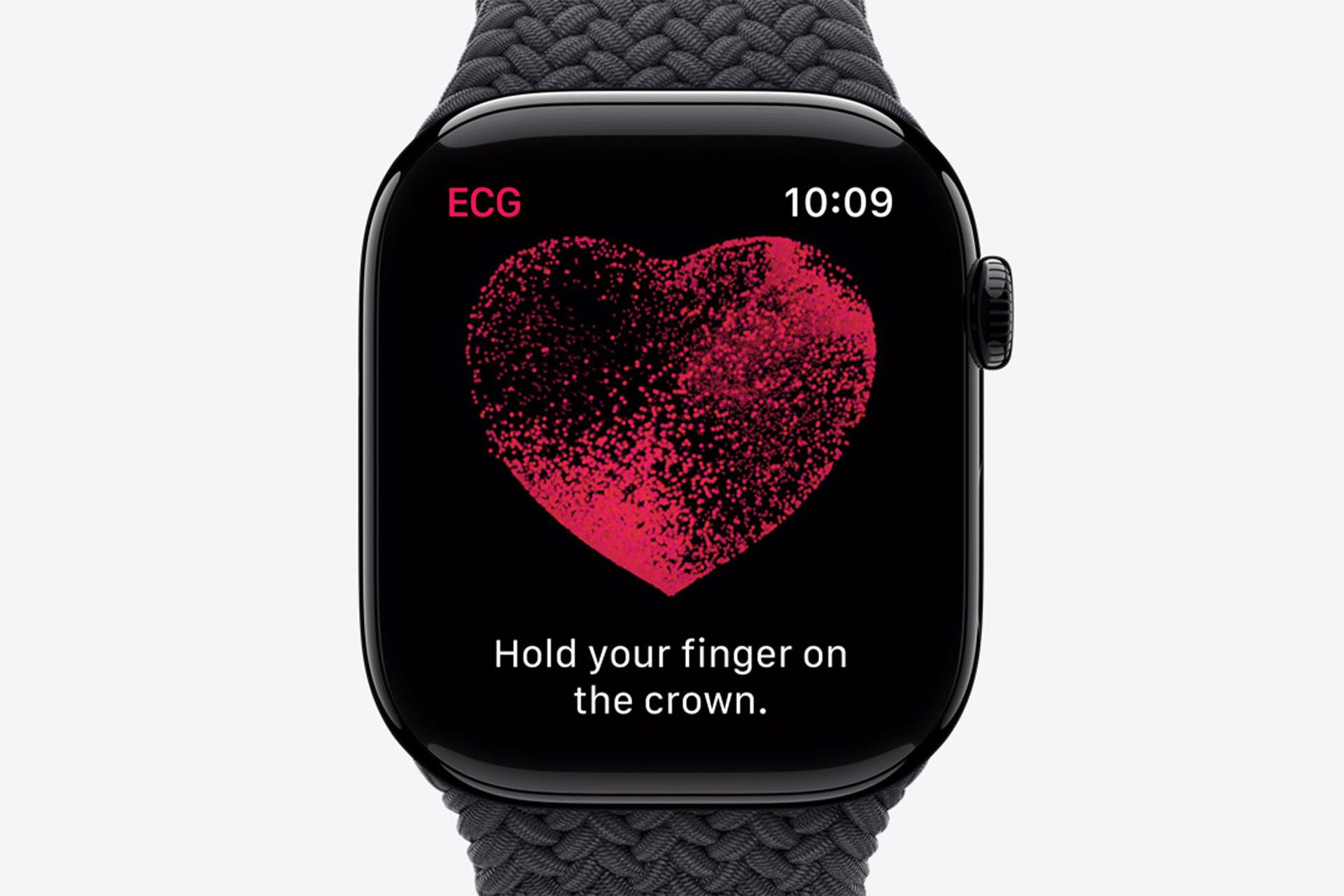
The Power of Wearable Health Tech
The Apple Watch’s health features, including heart rate monitoring and electrocardiogram (ECG) capabilities, have become a cornerstone of its appeal. Since the introduction of ECG with the Series 4 in 2018, the device has been lauded for detecting conditions like atrial fibrillation, a potentially dangerous irregular heart rhythm. Adams’ case highlights how even basic heart rate alerts, available on all Apple Watch models, can lead to unexpected diagnoses. The watch’s ability to monitor vital signs in real time empowers users to act swiftly, often before symptoms become severe. In Adams’ case, the heart rate alerts indirectly led to the discovery of a brain tumor, illustrating how interconnected health symptoms can be and how technology can bridge the gap to medical intervention.
This isn’t an isolated incident. Stories of Apple Watch users uncovering serious conditions—ranging from heart issues to, in rare cases, tumors—have become increasingly common. The device’s health suite, which also includes fall detection and sleep tracking, has positioned it as more than a smartwatch; it’s a proactive health companion. For tech users, this underscores the value of wearables not just as gadgets but as tools that can integrate seamlessly into daily life, offering insights that might otherwise go unnoticed.
A Broader Impact on Healthcare
The implications of Adams’ story extend beyond personal anecdotes. Wearable devices like the Apple Watch are reshaping healthcare by encouraging preventive action. By flagging irregularities, these devices prompt users to seek medical advice earlier, potentially reducing the burden on healthcare systems and improving outcomes. The American Heart Association has noted that early detection of heart conditions can significantly lower the risk of complications like stroke or heart failure. While the Apple Watch isn’t a medical device, its role as a first line of defense is undeniable, bridging the gap between everyday tech and clinical care.
For Adams, the discovery of her brain tumor has meant a new reality of regular monitoring and medication. Yet, she remains optimistic, grateful for the technology that gave her a head start on managing her condition. Her story highlights a growing trend: wearables are empowering users to take charge of their health, turning passive data collection into actionable insights. As more people adopt smartwatches, the potential for similar discoveries grows, raising questions about how technology can complement traditional healthcare.
What’s Next for Apple’s Health Ambitions
Apple continues to push the boundaries of health technology. The upcoming Apple Watch Series 11, set to launch next month, is rumored to introduce high blood pressure detection, a feature that could further expand the device’s preventive capabilities. Unlike precise medical readings, this feature will alert users to potential hypertension, much like the current atrial fibrillation notifications. Bloomberg reports that the Series 11 will also include a new S11 chip for improved performance and 5G connectivity for faster data syncing, enhancing the watch’s ability to deliver real-time health insights. These advancements suggest Apple is doubling down on its vision of the Apple Watch as a health-first device, capable of catching subtle signs that might otherwise be missed.
The broader wearable market is taking note. Competitors like Fitbit and Garmin have introduced similar health-focused features, but Apple’s ecosystem—integrating the watch with iPhones and the Health app—gives it a unique edge. For tech users, this means a more cohesive experience, where data from workouts, sleep, and heart rate can be analyzed in one place. Adams’ case, while extraordinary, reflects the potential of this ecosystem to uncover hidden health issues, making the Apple Watch a tool for both fitness enthusiasts and those unaware of underlying conditions.
A Call to Listen to Your Tech
Sam Adams’ experience is a powerful reminder of the intersection between technology and well-being. For Apple Watch users, the device’s alerts are more than notifications—they’re potential lifelines. The ability to detect a low heart rate led Adams to a pharmacist, then to doctors, and ultimately to a life-changing diagnosis. As wearables become more sophisticated, their role in everyday health management will only grow. For tech enthusiasts, this story is a testament to how devices we carry daily can transcend their gadget status, offering insights that ripple far beyond the screen.
